When we think of human trafficking, images of physical chains and confined spaces may come to mind. But trafficking doesn’t always look like that. More often, it begins with something far less obvious: a relationship that starts as friendship, disguised as love, or packaged as rescue—offering comfort, attention, or an escape from hardship. But to truly help, we have to understand when trafficking looks like love—and why it so often begins with trust, not force.
At first, traffickers appear as saviors, offering companionship, attention, and sometimes even promises of love or a better life. Many victims are vulnerable—struggling with isolation, a need for affection, or a desire to escape their current situation. They are often drawn in by the illusion of connection, by someone who seems to genuinely care.
But what begins as a seemingly innocent relationship can quickly turn dark. Traffickers use emotional manipulation to create a false sense of safety and love—offering constant praise, pressuring someone to keep secrets, or convincing them that no one else would care as much. They promise affection, a better future, or even “help” when victims feel most alone and unsure. The lines between love and control begin to blur, and before long, victims may find themselves trapped without even realizing how it happened.
When Trafficking Looks Like Love: Understanding Vulnerability and Trust
Trafficking doesn’t only happen to people who are completely alone or without support. It can happen to anyone—yes, even people from stable families. While healthy relationships with parents and loved ones can offer a strong sense of self-worth and act as a protective factor, many traffickers are skilled at identifying and exploiting other vulnerabilities.
Someone might have a loving family but still feel unseen in their romantic life. They might long for validation, affection, or excitement. Traffickers sense these needs and offer exactly what someone is looking for—until the trap is set.
In some heartbreaking cases, the traffickers are family. A relative might offer a struggling young person a place to stay, framing it as kindness and support. But soon, that “free” roof comes with hidden costs — demands for unpaid labor, control over personal choices, or mounting debts that trap the individual in a cycle they can’t escape. In other situations, a parent struggling with addiction might exploit their child by trading them to traffickers or others in exchange for drugs or money. The abuse is often masked behind family loyalty or a sense of duty. This kind of betrayal is especially devastating, adding another layer of psychological trauma for the victim.
Healthy Relationships as a Safeguard
While no one is completely immune to the risk of trafficking, healthy relationships can help create a stronger foundation. When individuals feel valued, heard, and supported by those closest to them, they may be better equipped to trust their instincts—and more likely to notice when something feels off.
But it’s important to acknowledge that things don’t always start off feeling unsafe. Traffickers are often skilled at mimicking what healthy love and support look like. They offer affection, attention, and a sense of belonging—at least in the beginning. That’s what makes it so difficult to spot.
Still, when someone has experienced relationships where boundaries are respected, emotions are validated, and love isn’t conditional, they may be more likely to question behaviors that cross the line. Red flags—like possessiveness disguised as protection, guilt-laced affection, or “help” that comes with strings attached—can stand out more clearly.
In contrast, if someone has only known relationships where their needs were ignored or their boundaries dismissed, manipulation may not feel wrong—it may feel familiar.
At Family Crisis Centers, we believe in the power of strong, supportive connections. That’s why we provide services that help individuals and families heal, rebuild trust, and learn what healthy love looks like. Because when someone knows they are worthy of kindness and respect, it’s harder for traffickers to convince them otherwise.
What You Can Do
- Talk about it. Help shift the narrative. Trafficking doesn’t always involve abduction or force—it can look like love, friendship, or family.
- Trust your gut. If something feels wrong—whether in your own life or someone else’s—don’t ignore it. You can call or text us to talk it through. 1-800-770-1650 or text IOWAHELP to 20121
- Support prevention. Invest your time, voice, or resources in organizations that work to build safe, informed, and connected communities.
- Stay connected. Relationships built on trust and open communication help insulate loved ones from manipulation.
To prevent trafficking, we must keep raising awareness about how it can look—because it often doesn’t look like what we expect. It doesn’t always look like chains. Sometimes trafficking looks like love. Let’s work together to make sure people know the difference.
If you missed the first blog in our series, you can read it here: Moved by the Fight Against Human Trafficking?
